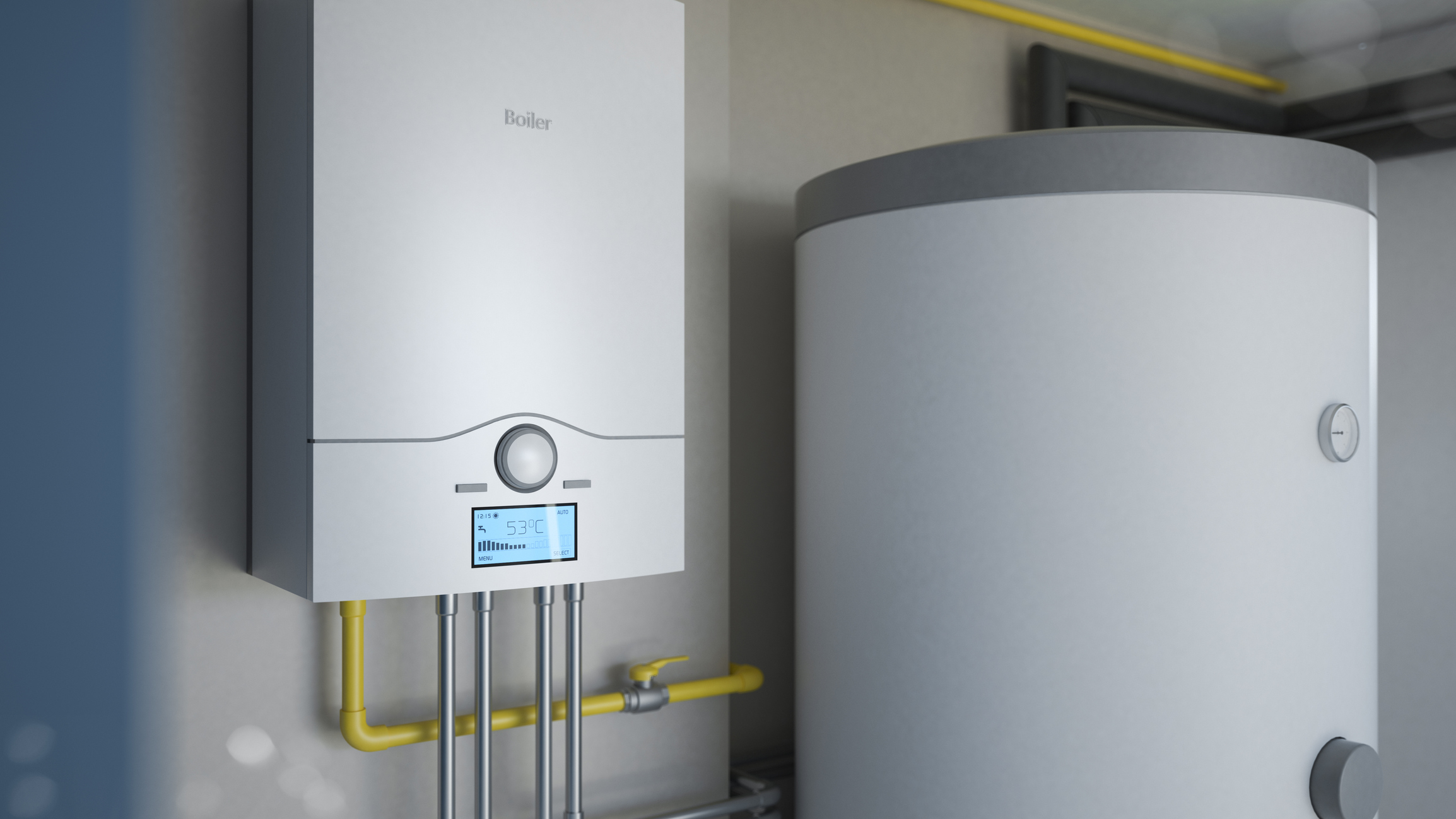Key Care Tips for Your Home's Hot Water SystemWhat to Care for Your Home's Hot Water System ProperlySpecialist Tips for Maintaining Your Home's Hot Water System
Key Care Tips for Your Home's Hot Water SystemWhat to Care for Your Home's Hot Water System ProperlySpecialist Tips for Maintaining Your Home's Hot Water System
Blog Article
The article author is making a few good points on the subject of Tips For Maintaining Your Hot Water Heater in general in this article beneath.

Warm water is crucial for everyday convenience, whether it's for a refreshing shower or cleaning recipes. To ensure your warm water system runs efficiently and lasts much longer, regular upkeep is crucial. This article gives useful tips and understandings on exactly how to keep your home's hot water system to prevent disturbances and costly repair work.
Intro
Maintaining your home's warm water system could seem complicated, yet with a few basic actions, you can guarantee it runs efficiently for years to come. This guide covers every little thing from recognizing your warm water system to DIY maintenance tips and recognizing when to hire expert aid.
Relevance of Preserving Your Hot Water System
Regular maintenance not just expands the lifespan of your hot water system but also guarantees it runs successfully. Neglecting maintenance can result in reduced effectiveness, greater power costs, and also premature failure of the system.
Signs Your Warm Water System Requirements Upkeep
Knowing when your hot water system needs attention can avoid significant problems. Watch out for indications such as irregular water temperature level, weird sounds from the heating system, or rustic water.
Comprehending Your Warm Water System
Prior to diving right into upkeep jobs, it's helpful to understand the standard parts of your hot water system. Usually, this consists of the water heater itself, pipes, anode rods, and temperature controls.
Month-to-month Maintenance Tasks
Normal month-to-month checks can aid catch minor problems prior to they escalate.
Purging the Water Heater
Purging your hot water heater eliminates sediment buildup, improving effectiveness and extending its life.
Monitoring and Replacing Anode Rods
Anode rods prevent corrosion inside the container. Inspecting and changing them when worn is vital.
Checking and Changing Temperature Setups
Readjusting the temperature level settings ensures optimum efficiency and safety.
DIY Tips for Upkeep
You can do numerous upkeep tasks yourself to maintain your hot water system in top problem.
Looking for Leakages
Consistently evaluate pipes and connections for leakages, as these can result in water damage and greater bills.
Examining Stress Relief Valves
Testing the pressure safety valve ensures it functions properly and avoids excessive stress accumulation.
Insulating Pipelines
Shielding warm water pipelines lowers warmth loss and can save energy.
When to Call a Specialist
While DIY maintenance is helpful, some issues call for professional expertise.
Complicated Issues Needing Professional Assistance
Instances include major leakages, electric issues, or if your hot water heater is constantly underperforming.
Regular Expert Upkeep Benefits
Professional maintenance can include extensive inspections, tune-ups, and making sure conformity with safety criteria.
Conclusion
Normal maintenance of your home's warm water system is vital for efficiency, longevity, and price savings. By adhering to these tips and recognizing when to look for expert assistance, you can make sure a reputable supply of warm water without unexpected disruptions.
How to Maintain an Instant Hot Water Heater
Before tinkering with your hot water heater, make sure that it’s not powered on. You also have to turn off the main circuit breaker and shut off the main gas line to prevent accidents. Also turn off the water valves connected to your unit to prevent water from flowing into and out of the appliance. 2. When you’re done, you have to detach the purge valves’ caps. These look like the letter “T” and are situated on either side of the water valves. Doing so will release any pressure that has accumulated inside the valves while at the same time avoid hot water from shooting out and burning your skin. 3. When the purge valves’ caps are removed, you have to connect your hosing lines to the valves. Your unit should have come with three hoses but if it didn’t, you can purchase these things from any hardware or home repair shops. You can also get them from retail stores that sell water heating systems. Read the user’s manual and follow it to complete this task properly. When the hosing lines are connected, open the purge port’s valves. 4. You should never use harsh chemical cleaners or solutions when cleaning your unit. Make use of white vinegar instead. It should be undiluted and you’ll probably use about 2 gallons. 5. Now flush your water heater. This task should probably take about 40 minutes. We can’t give you specific directions for this because the procedure is carried out depending on the type, model and brand of your heater. With that being said, refer to the user’s manual. 6. When you’re done draining the unit, you have to turn off the purge port valves again. Remove the hosing lines that you earlier installed on each of the water valves. Put the valve caps (purge port) back in their respective places and be very careful so as not to damage the rubber discs that are found inside these caps. 7. Now that everything’s back in place, check your user’s manual again to find out how to reactivate your water heating system. 8. Once it is working, turn one of your hot water faucets on just to let air pass through the heater’s water supply pipes. Leave the tap on until water flows smoothly out of it. https://www.orrplumbing.com/blog/2014/september/how-to-maintain-an-instant-hot-water-heater/

Do you enjoy reading up on Tips on Maintaining a Water Heater? Write a remark further down. We will be pleased to hear your insights about this article. Hoping to see you back again soon. Sharing is nice. One never knows, you may just be helping someone out. Thanks a lot for going through it.
Get Started Report this page